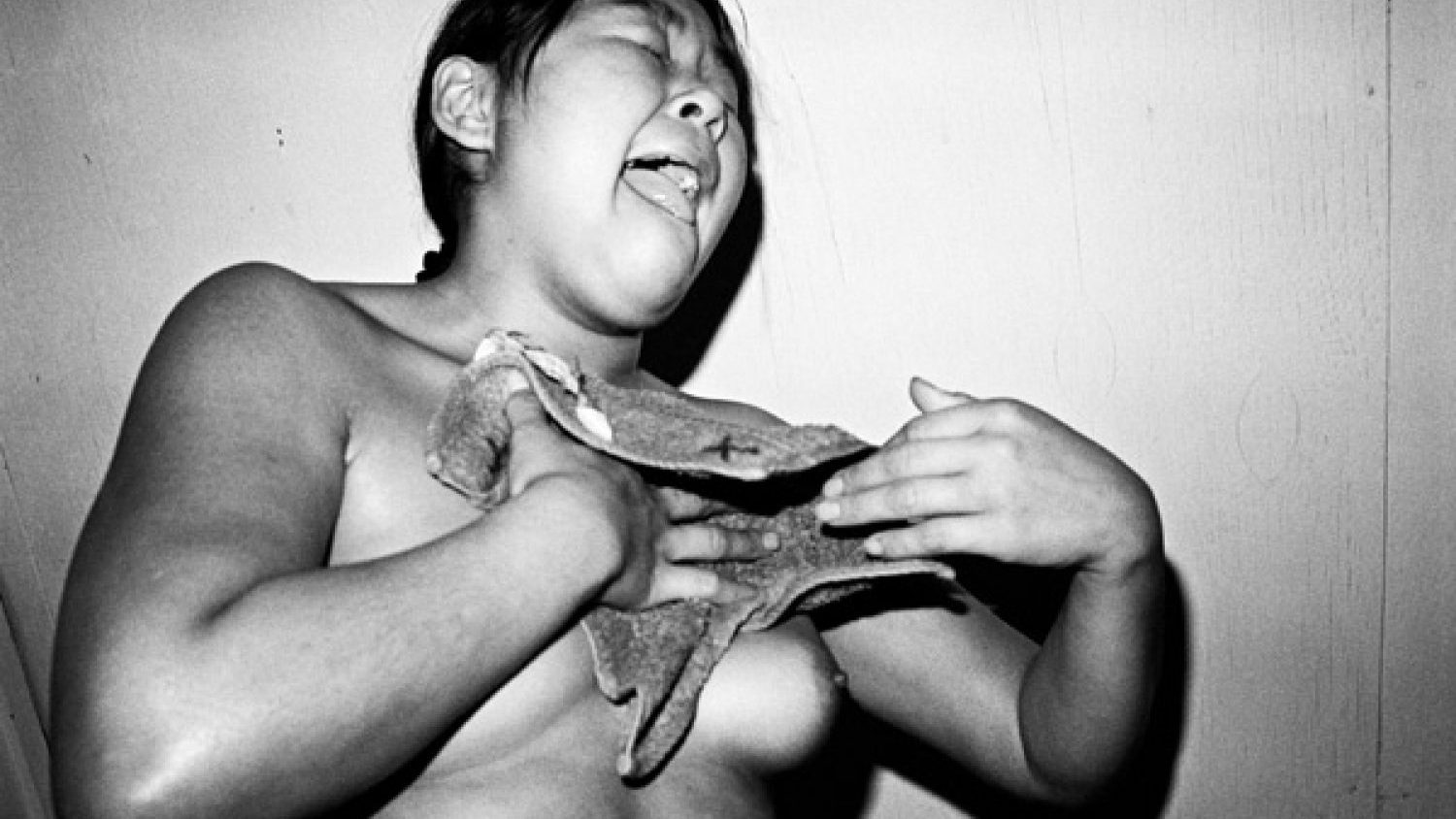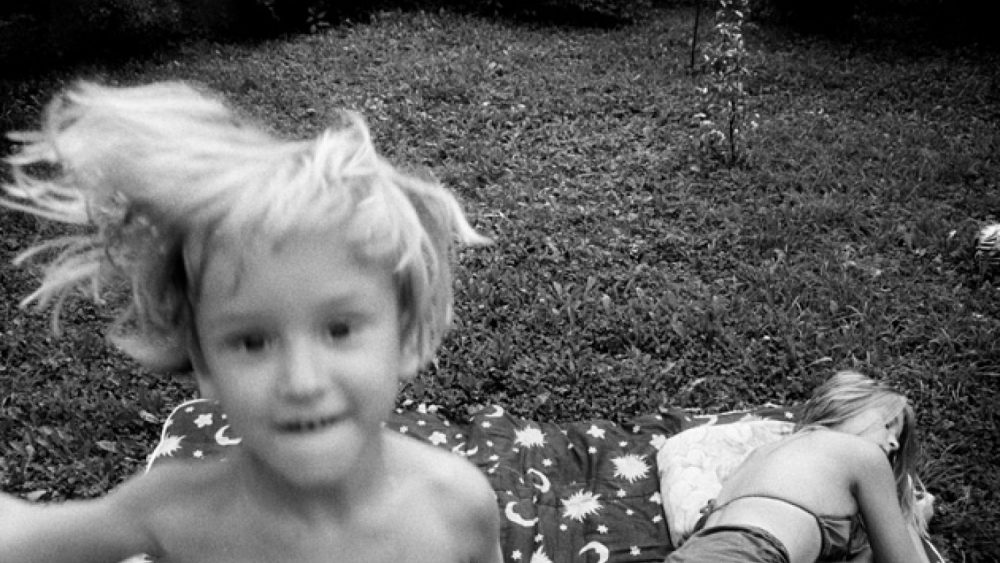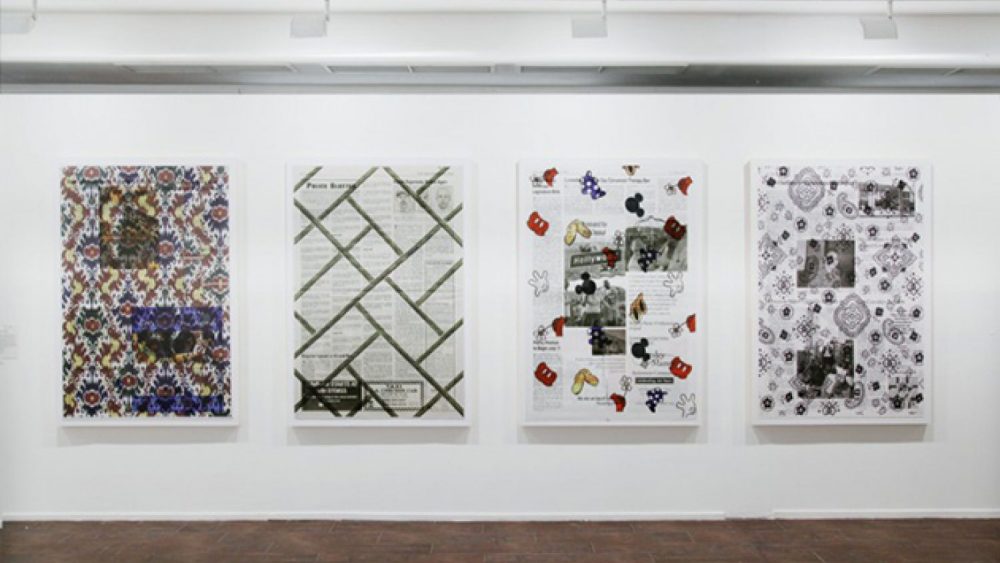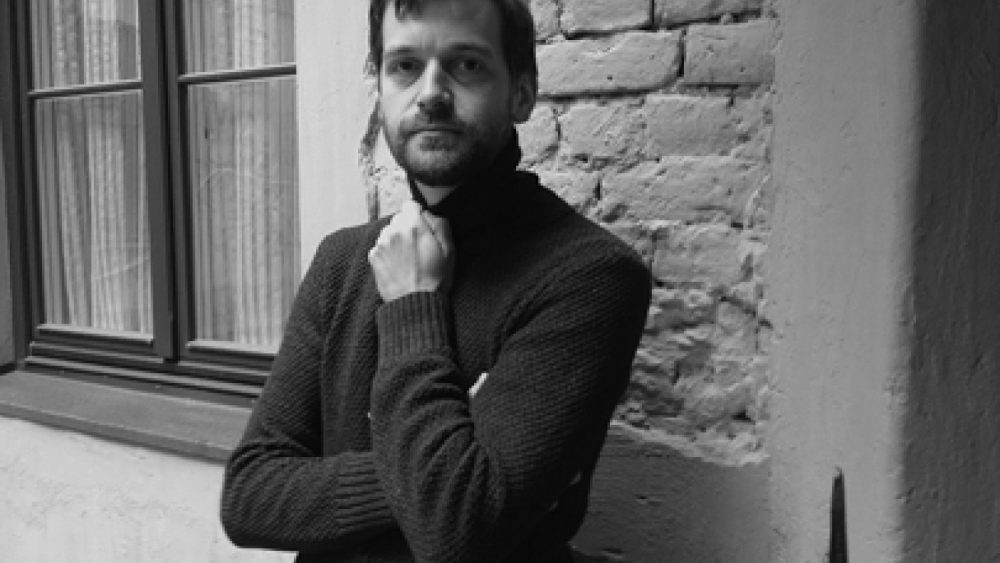Interview with Jacob Aue Sobol
Till 12 September at the hall of the Art Academy of Latvia it is still possible to see the photo exhibition Veins with two participating authors – Anders Petersen (1944) from Sweden and Jacob Aue Sobol (1976) from Denmark. Although before the exhibition Sobol and Petersen did not really know each other, in their works similar aesthetic and thematic features can be spotted. Sobol can be considered a follower of the famous Swedish master – his black and white, grainy images also reveal the author’s private life and his individual perception of the surrounding environment. In his first photo series Sabine Sobol photographed a girl, with whom he had spent 2 years together in Greenland. Afterwards Sobol lived for a couple of years in Tokyo, and the project I, Tokyo was awarded the Leica European Publishers Award in 2008 and it was published in seven languages. Sobol is also a member of Magnum. In his latest series Arrivals and Departures he has documented travelling around Russia and the Far East on a Transsiberian Express.
How come you are having a show with Anders Petersen in Riga?
It happened quite fast. One day Anders called me in my studio and asked if I want to do an exhibition in Riga. I said yes, I would love to! I think, the Nordic Council of Ministers wanted to do a show with Anders but then he thought it would be more interesting to do it with someone else together, so he asked me. This is how it started. Hopefully, the exhibition will also travel to St. Petersburg, Berlin, Lithuania and Estonia.
When is the book coming out?
If everything goes well with the printing, it should be out on 11 September. The book is quite different from the exhibition. My images in the exhibition and in the book will be quite the same but for Anders they are all different, he will have a lot of pictures he found in his archive.
How did the book-making process go? Did you communicate with each other?
We were sending pictures, looking at each other’s work. I think at the beginning we wanted to find the way our pictures could communicate, but we ended up having two separate parts, as it was too difficult to mix all the images. However, we succeeded in that in the exhibition. Basically, in the book there are about 40 images from each of us. I like that Anders is showing old pictures with the new ones, that there is not just this connection between our photography, but also different time and place.

Looking at the exhibition now, have you found out something new about your own work?
Usually my exhibitions are specific projects, for instance, I, Tokyo or Transsiberian Express. In this case, I have mixed pictures from different projects. One thing is to realize that it doesn’t have to have a specific frame. It can also be more emotional, more connected to my personality rather than to a specific project.
How different are you from Anders Petersen?
I think we are very different, but how…? Sometimes it’s difficult to say. He is a bit more snapshot photographer than me, he is even more youthful and naïve than I am, whereas for me it’s more about closeness with people. Anders also had it in his early work, but now it has become different. Now that I have always been compared to Petersen, this show makes it more obvious how different we actually are. I thought maybe it would be the opposite. What do you feel, is there any difference? If you take the exhibition and would mix all the pictures would you be able to tell the difference?

Probably not for all the pictures. The context matters. In your projects you stick to one place and certain people, while Petersen is more a world traveller.
I think he has become more like that in the last decade or so. I think in the beginning with Cafe Lehmitz it was more like photographing his family at home. This was something that I was very inspired by.
It was his first project…
First is always the best.
Would you say the same about yours?
Yes. It’s the most honest and naïve. There’s something innocent about it that you will never find again. That is the strength of it. Of course, I can make other work stronger in another way, but to me it’s the main soul of my work, kind of where everything comes from.
When you know too much, the work becomes too self-aware…
It’s difficult to keep that intuitive way of working. Now you are more professional, all these things are planned. While taking pictures, you know in advance that there’s a project, perhaps followed by a book. Now there’s also a challenge that you have to fight for your daily life, but I am lucky that I can live from doing my own projects.

How did you achieve the visual look of your pictures?
It’s nothing special. I use film for most of the time and it is developed in high contrast development, then it is scanned, then I finish the work in Photoshop. Also I use a lot T-Max 3200 film, it is very grainy. I used digital camera only for Leica project on Transsiberian Express.
Would you switch now to Leica Monochrome?
No. I might do it for some projects that have already been ongoing in order to have the same expression. For others that I do for years I would continue to use film. Can you tell from the exhibition which ones are digital or film? Probably not, because when you push the speed of Leica M it looks like the grain on film.
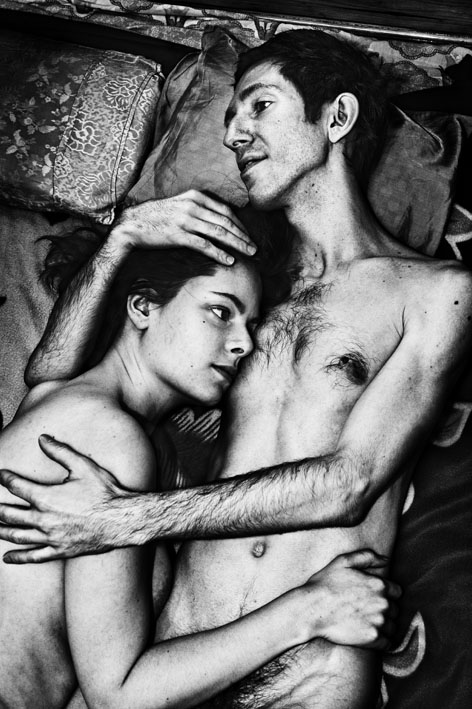
Tell us a bit about your latest project Arrivals and Departures.
It started as an assignment for Leica. It has changed into more personal approach than it was before, so it is now the way I want to continue. Hopefully, next year it will be turned into a book.
Your projects seem a little escapist – going to Greenland, Thailand, Japan. Are you running away from something all the time?
I am restless, I am anxious, but also I am pretty naïve. I like adventures and travelling. I had never travelled in Russia or China. For me it’s also about experiencing foreign places. But am I running away? Not anymore. When I went to Greenland, maybe I was running away from something. Maybe the same thing happened with Tokyo. Now I am working in Denmark for the project Home. I am not running away, because now I understand that it won’t work for me. Now I don’t have a girlfriend, but usually home is where my girlfriend is. This is why I lived for two years in Greenland, and two years in Tokyo. Now I try to become a more independent person, because I have never enjoyed being alone. I am fine to learn that now. I have a twin brother that I feel very close to. He has children and I feel that my home is in Denmark. When you move and try to build a new life somewhere, you really believe you will live there for the rest of your life. But now I think I have lost that belief.
While living in Greenland, you also learned hunting and fishing…
That was the first time I lived in another country for years. The only way to exist was to adapt to their way of living. For some it would be awful, but it came very natural for me.
Did those skills make you become also a good picture hunter and survivor in the photography world?
I don’t know (laughs). The idea is funny and interesting. When you are a seal hunter, you sit for 8 hours in a boat and wait for the seal to pop up. There is something similar in the way I make pictures. It’s more about patience and ambition, not contingency. Be it hunting, fishing or photographing, I have always wanted to be good at what I am doing.
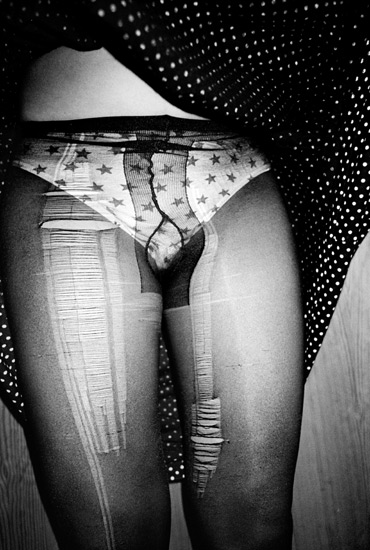
How did you join Magnum?
I sent an application, then I didn’t get in. Next year I sent another application and then I got it. The first persons I was in contact with were Martin Parr and Jim Goldberg. They really liked my work and we exchanged books and they asked me if I would consider Magnum being a thing for me. And they were looking for new people, so I started meeting more Magnum photographers, showing my work. Once my application was accepted, I had 2 years to develop new work. I did a work in Bangkok, which they thought was not as interesting as Sabina, so I didn’t get enough votes. You need to have 2/3 votes from Magnum members to progress from a nominee to an associate. But then I said to myself I have been trying too much to make pictures that I thought they would like and I should probably go home. I started to make photos in Denmark, in my own environment and that’s when it changed me. It added another layer to my work and it became more personal. I succeeded in showing this work to Magnum and became an associate. In the coming two years I produced even more work for Home and Transsiberian series, and last summer I was accepted as a full Magnum member. Altogether it took 5 years.
What’s your last assignment for Magnum?
I don’t do assignments (laughs). There are many cultural projects. You have a limited amount of energy, the question is – where do you invest it? Do you invest 50 % in shitty assignments and 50 % in your personal work, or 90 % in personal work and 10 % in assignments? I am privileged and spoiled, but I only do assignments when I think it can be interesting. I try to focus 90 % on my personal work. The last assignment was a portrait of a Norwegian writer for The New Yorker. Magnum would not survive by doing only assignments. The project for Leica was also related to Magnum. There’s a project Postcards from America when I go to Wisconsin. Magnum is not about doing as many assignments as possible, it’s about creating strong photography. And if you can do that with some funding you don’t have to do editorial assignments, and you know – they pay nothing. For instance, we had a print and book sale. Some collector from Bangkok bought all the books that had ever been produced by Magnum photographers. That’s one of the ways how you can survive and use the money to support projects that are important to you.
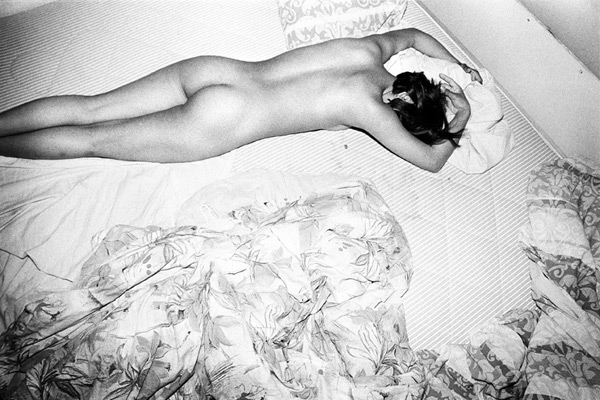
Do you also shoot in Riga?
No. I’m not having a camera on me all the time. Sometimes I don’t take pictures for half a year. I must be hungry to do that. On a trip I can take 25 000 pictures per day. That’s when I have been hungry waiting for 3 months to go on a trip to Russia. As soon as I am on a train, I start photographing.
What is your next move? Or your next project?
Surviving…
Sounds sad…
I don’t know… My girlfriend and I split two months ago and I still feel very sad about this, so I don’t think about future that much. I have lost a lot of meaning in life. I don’t know what my next project is. It’s more about working on myself, becoming a stronger person and being able to be an individual, which I was never able to be. And once I do that, the pictures will come.
